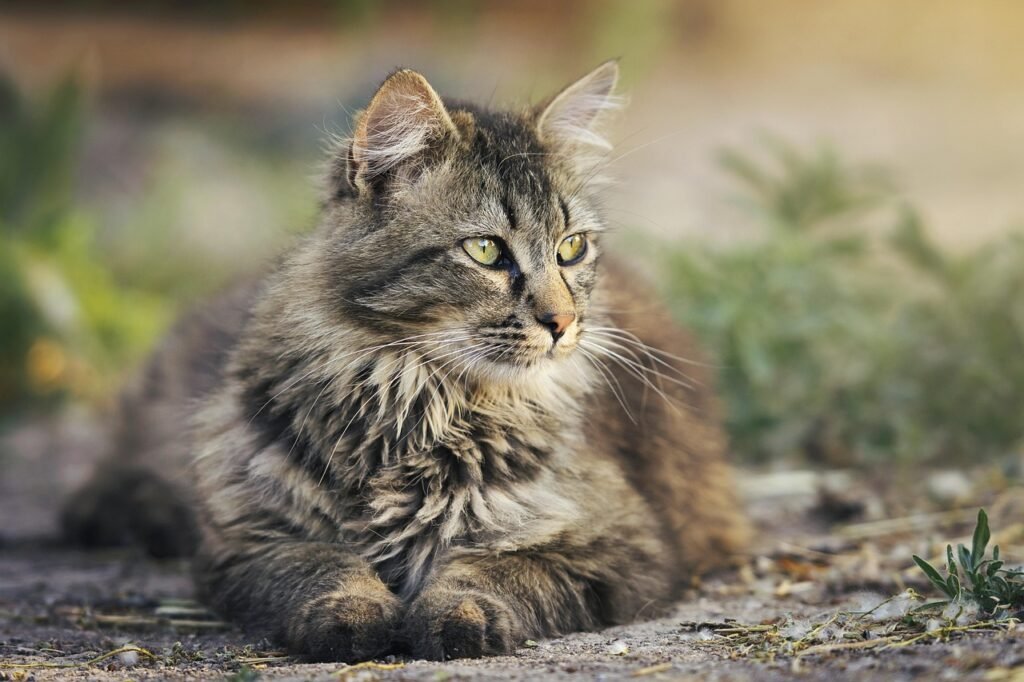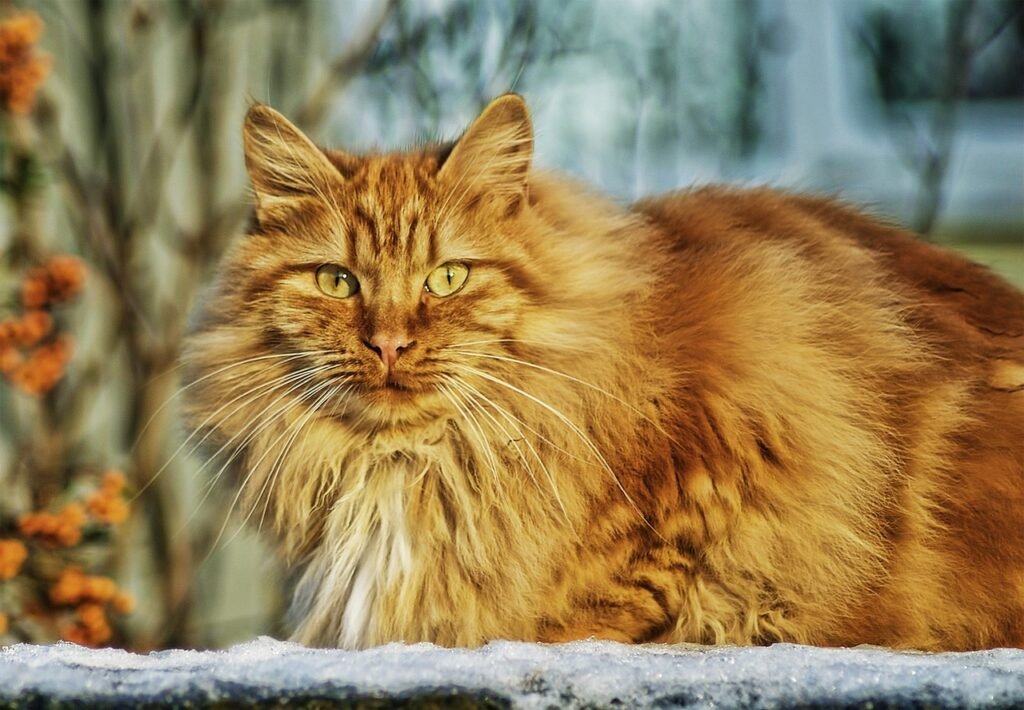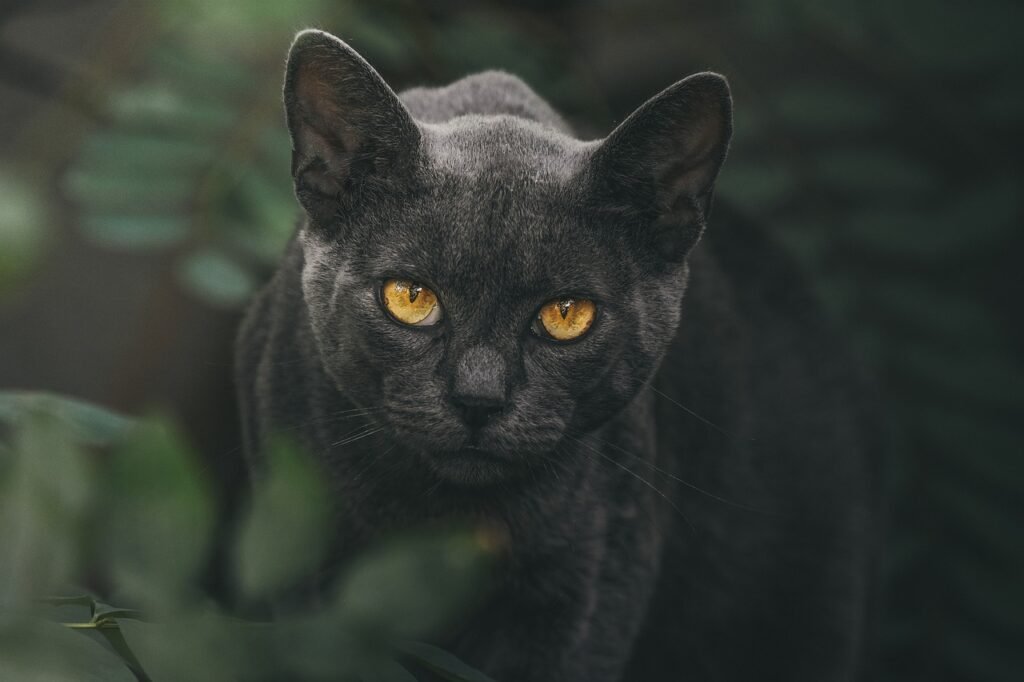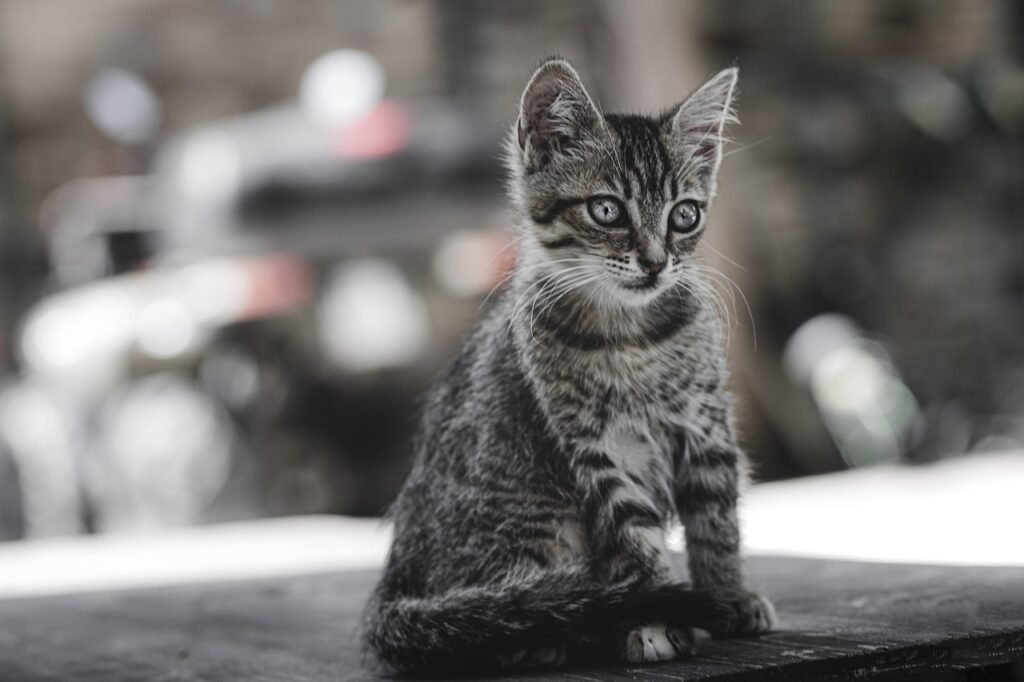Cats have long been admired for their agility and balance, particularly their seemingly magical ability to land on their feet after a fall. This intriguing capability is more than just a trick; it is a vital survival skill. Understanding the science behind it involves exploring physics, biology, and evolution. Here, we delve into the fascinating details of how and why cats almost always manage this astonishing feat.
Anatomy of a Cat: Built for Balance

The feline anatomy is crucial to their ability to land on their feet. Cats possess a flexible skeletal structure with a uniquely designed spine and a powerful, muscular body. Their spinal column consists of more vertebrae than those of humans, providing enhanced flexibility and rotation. This extraordinary flexibility is essential for performing the mid-air twists and turns necessary to reorient themselves during a fall.
The Righting Reflex: A Natural Instinct

The righting reflex is an innate ability that cats use to land on their feet. This reflex allows them to perceive their body position in relation to the ground and make necessary adjustments during a fall. It begins to develop as early as three weeks of age and is fully functional by six to seven weeks. Through rapid adjustments in body orientation, a cat can typically land on its feet from as little as 30 centimeters of falling height.
The Role of the Vestibular System

A cat’s vestibular system—located within the inner ear—plays a crucial role in maintaining balance and spatial orientation. This system provides the brain with information about the position and movement of the head, enabling the cat to detect changes in their body orientation and triggering the righting reflex to ensure they land on their feet.
The Physics of Falling: Angular Momentum

Cats exhibit a unique mastery over the principles of angular momentum, which govern rotation. When a cat falls, it manipulates its body to alter its angular momentum. By pulling in its front legs and extending its back legs, the cat can rotate its body around its center of mass quickly. This maneuverability allows cats to effectively twist in mid-air and position themselves for a smooth, feet-first landing.
Body Flexibility and Mid-Air Correction Abilities

The absence of a collarbone and the ability to rotate their spine greatly enhance a cat’s flexibility. This anatomical adaptability lets cats quickly reach a stable position while in free fall. They use a succession of bends and body movements to correct their orientation as needed, showcasing their remarkable mid-air acrobatics skills.
Feet as Shock Absorbers: Impact Mitigation

Cats have padded paws that not only provide traction for their stealthy movements but also act as shock absorbers during landing. The paws and joints can distribute the force of landing more effectively than a stiff limb would. When they contact the ground, the kinetic energy from the fall is absorbed and dispersed, reducing the potential for injury.
Aerodynamics and Terminal Velocity: Controlled Descents

Despite their small size, cats have an aerodynamic body shape that aids in slowing down the descent. Their fur increases air resistance and they can spread their body to increase drag, thereby reducing their terminal velocity. This ensures that they do not hit the ground with fatal force, even when falling from significant heights.
Evolutionary Advantages: Survival Mechanisms

The ability to land on their feet is a trait that has been honed over millennia. In the wild, this skill would have been essential for cats living in trees or engaging in high-speed chases. Being able to absorb falls with minimal harm gives them a survival edge, which has been naturally selected over the generations.
Exceptions to the Rule: Limitations and Risks

There are scenarios where even a cat might not land perfectly. Extreme heights or inadequate time to execute a correction can result in injury. Moreover, elderly or injured cats may have diminished reflex abilities, impacting their coordination and balance. Thus, while the righting reflex is impressive, it is not infallible under all circumstances.
Final Thoughts: A Blend of Science and Instinct

The science behind why cats land on their feet is a sophisticated fusion of biological design and physical laws. With their unique anatomy and exceptional neuromuscular reflexes, cats are able to perform gravity-defying feats that still mystify scientists and cat lovers alike. Understanding this ability offers insight into the complex interplay between evolution, physics, and survival, enriching our appreciation of these remarkable animals.
Hi, I’m Bola, a passionate writer and creative strategist with a knack for crafting compelling content that educates, inspires, and connects. Over the years, I’ve honed my skills across various writing fields, including content creation, copywriting, online course development, and video scriptwriting.
When I’m not at my desk, you’ll find me exploring new ideas, reading books, or brainstorming creative ways to solve challenges. I believe that words have the power to transform, and I’m here to help you leverage that power for success.
Thanks for stopping by, Keep coming to this website to checkout new articles form me. You’d always love it!





